
How Manufacturing Plays a Key Role in Probiotic Efficacy
The hype over probiotics is obvious, as packaging advertises their inclusion in food products in ...
Read More>
What to Know About DHA’s
A risk of fire and explosion exists in most industries that deal with combustible dust. These fine ...
Read More>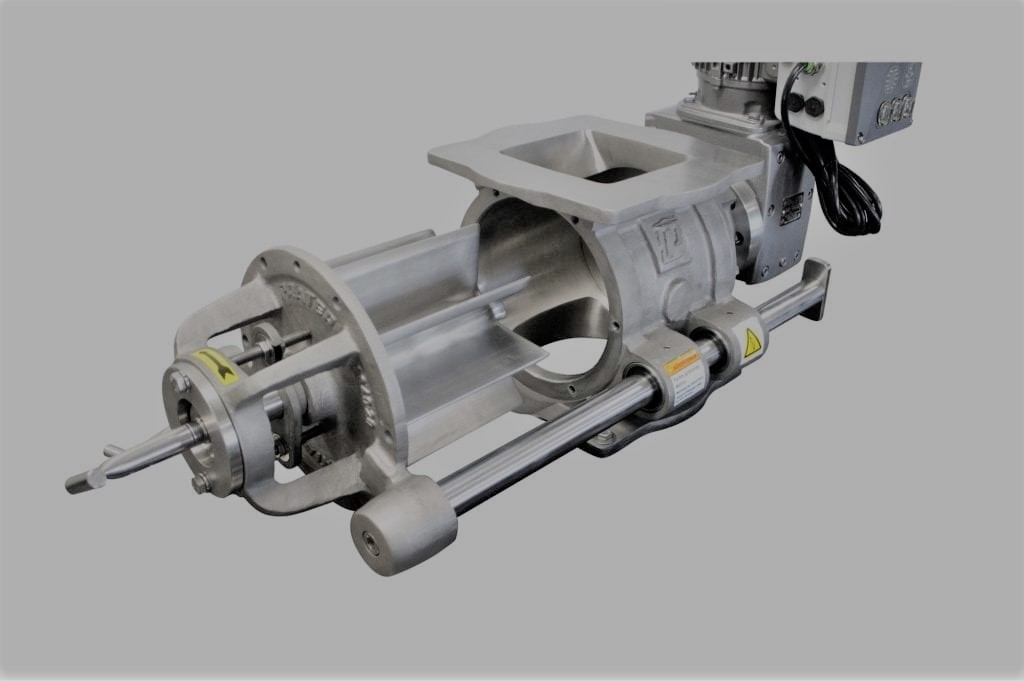
Tips for Configuring Your Rotary Airlock
Many people see it as just another piece of equipment within a production line, but there’s more to ...
Read More>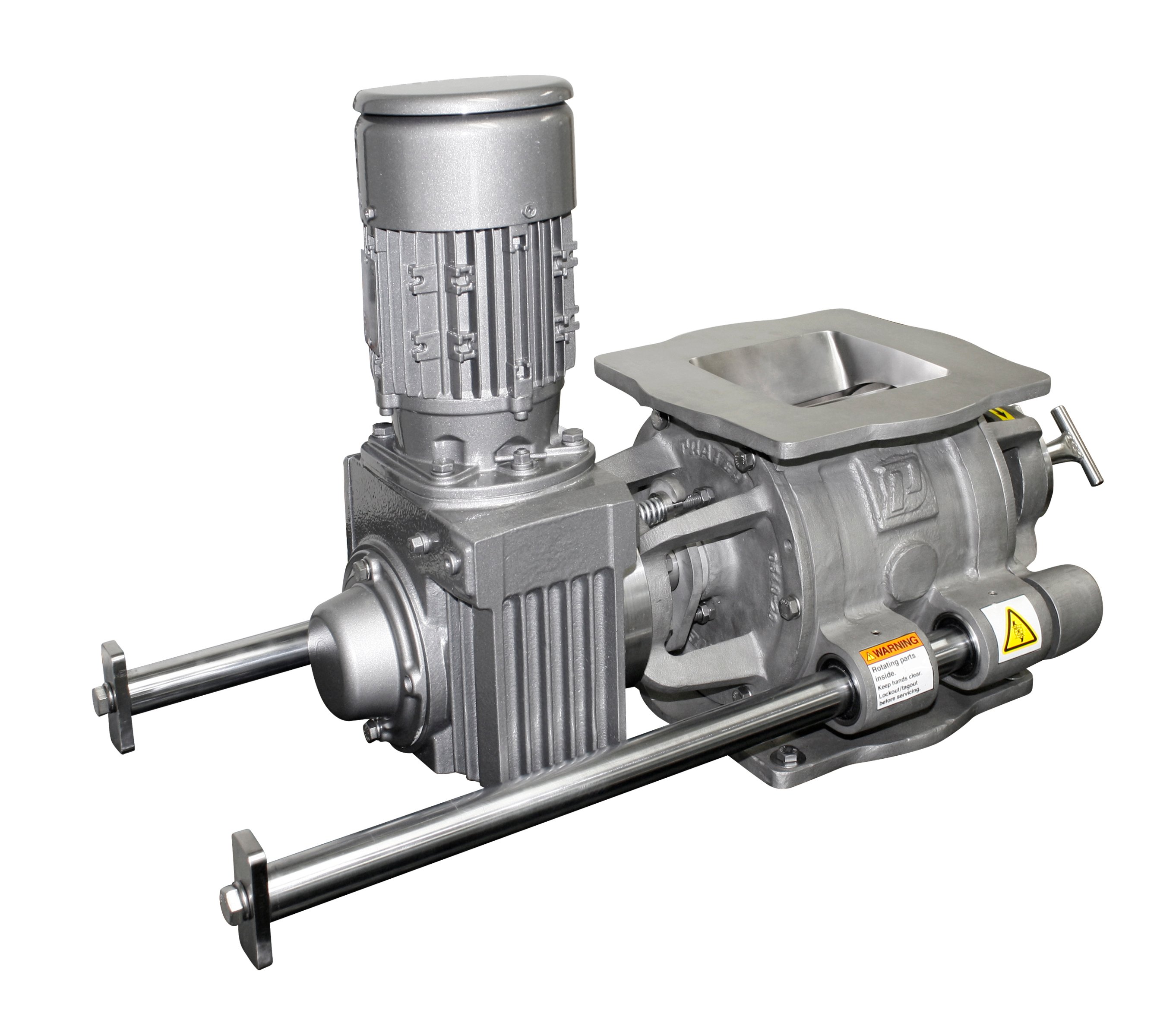
Product Highlight and Video Series: Quick Clean Airlocks (BAVs)
As a global leader in the fabrication of cutting-edge material handling equipment, Prater ...
Read More>
Characteristics of Bulk Materials
When designing equipment for handling and processing bulk materials, it’s essential to understand ...
Read More>
NFPA 69: Guidelines and Compliance for Airlocks
Founded in 1896, the National Fire Protection Association (NFPA) created its Committee on Safety to ...
Read More>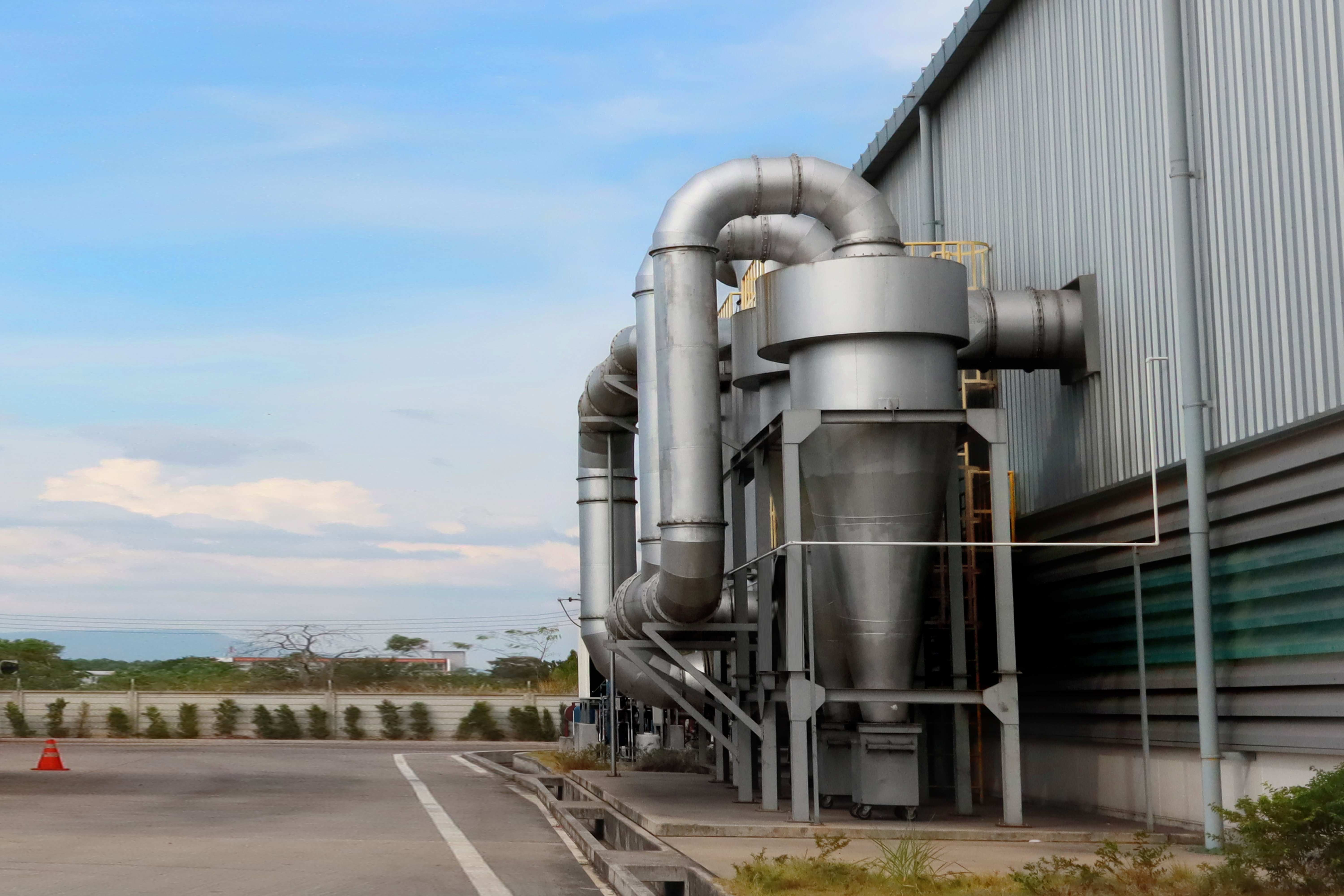
Do Rotary Valves Need Special Coatings?
Cutting, drilling, grinding, milling, sawing, or other processing all lead to dust generation ...
Read More>
How to Clean Your Quick-Clean Rotary Valve on Rails
A common problem affecting rotary valve functionality is simply having to keep it clean. Each time ...
Read More>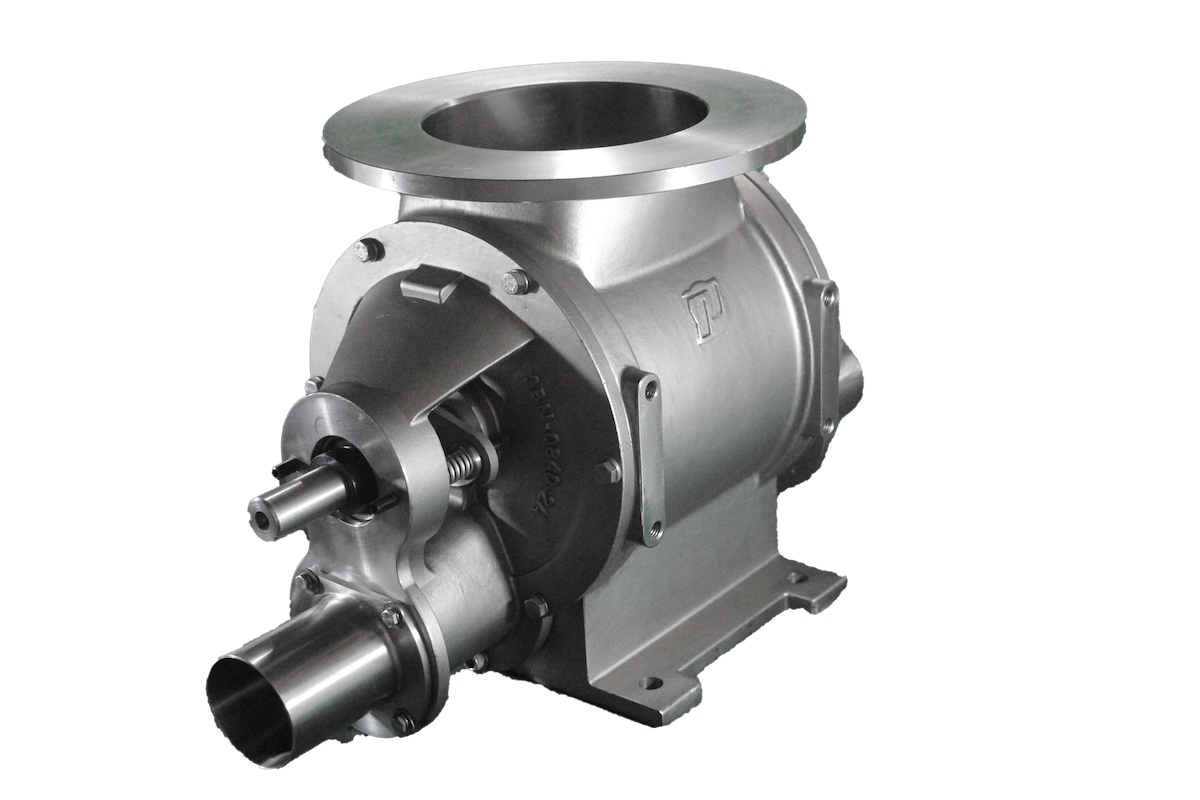
What's the Difference Between a Rotary Valve and a Rotary Airlock?
They are called rotary valves, rotary airlocks, rotary feeders, rotary airlock feeders, or ...
Read More>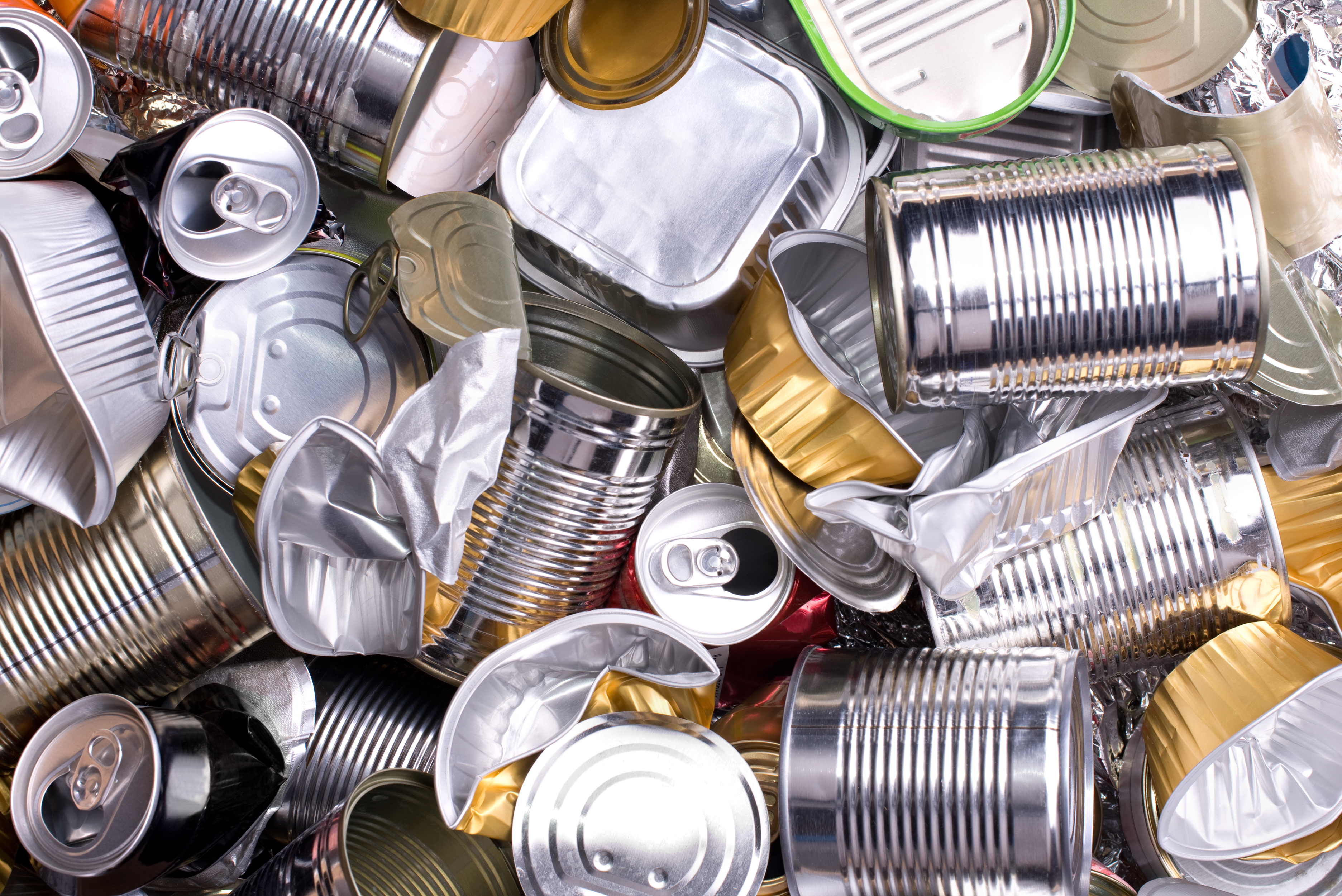
Using Rotary Airlocks for Metal Recycling
As metals can be recycled repeatedly, recycling facilities that process scrap metal are ...
Read More>